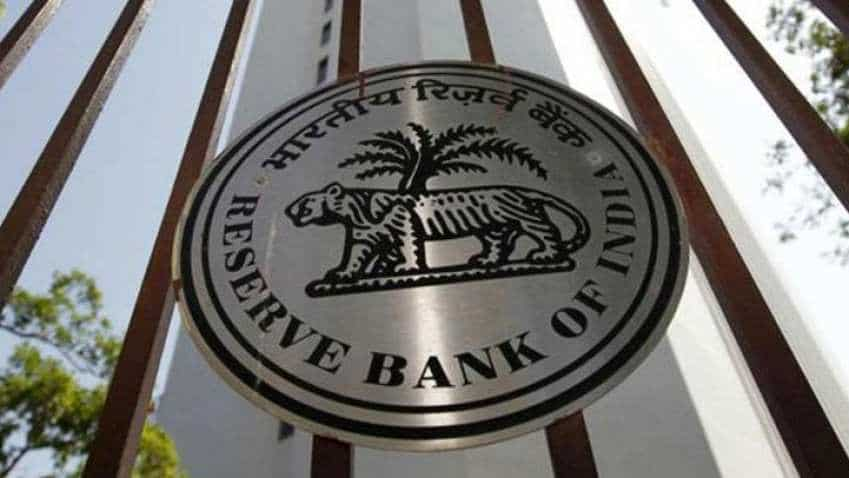Why interest rates are hardening even though inflation is within RBI range
Deposit rates have firmed up in past six months and cost of funds has gone up across industries. Interest rates are likely to remain elevated in the next few quarters.

Last week, the yield on the 10-year government bond closed just a few basis points away from 8%. That’s approximately 70 basis points (bps) higher than its March closing. The Reserve Bank of India (RBI) policy rate is 6.50% and bond yields are at least 50 bps higher than the long-term averages. Deposit rates have firmed up in the past six months, and the cost of funds has gone up across the board for the industry. This begs the question, why are interest rates hardening even though the inflation measured by CPI is within range of acceptable limits by RBI?
Local developments
The demand for credit is showing signs of firming up as the economy picks up post demonetisation and GST hiccups. The signs are evident in the April-June GDP figures, though there is a base effect. The two rate hikes initiated by the central bank in the past quarter will have its impact on the banking system liquidity, which is already in a neutral mode. Consecutively, the hardening of short end rates has percolated in the deposit and lending rates of banks.
Inflation, up until now has been in range, something the RBI seems comfortable with. However, going forward, the resilience of policymakers may be tested, specifically as the economy picks up steam in the next two quarters, as demand for funds increases from the government, the industry and its consumers. Food prices have remained stable for a while, but with MSP implementation, the sweet spot may feel some pressure.
Another important factor in the domestic fixed income markets has been the aversion of banks in the government securities. Due to a combination of mark to market losses, accounting issues have led to a situation wherein the largest captive investors of the government paper have withdrawn. This is a paradigm shift from banks traditionally have held 60% of debt issued by the central and state government.
Watch This Zee Business Video
External developments
The biggest positive in the past four years has been low oil prices, and robust foreign portfolio investors (FPI) flows have provided tailwinds to the Indian economy. However, with oil on the boil and the rise in non-oil imports, which lead to doubling of the current account deficit (CAD) this year, the EM aversion by FPI’s have complicated matters. This situation has led itself into a double whammy — when flows were needed to fund an expanded CAD, there have been outflows. This has impacted the currency, depreciating it by nearly 10% from the beginning of the year.
As we enter Q4 2018, the US Fed is expected to increase the velocity of unwinding its balance sheet, which may put further pressure on global liquidity. The costs of borrowing by Indian corporates have been hit due to higher dollar rates, as well as expanding credit spreads. To conclude, interest rates are likely to remain elevated in the next few quarters, and could also rise in view of weakening external account and local inflation dynamics.
The writer is head of fixed income, global markets, HSBC India
02:05 PM IST






 Is Indian economy better prepared to deal with COVID-19 than it was during 2008 Global Financial Crisis?
Is Indian economy better prepared to deal with COVID-19 than it was during 2008 Global Financial Crisis? Three-month home loan EMI waiver hailed by realty sector; what they said
Three-month home loan EMI waiver hailed by realty sector; what they said Have EMIs to pay? WAIVER relief for home loan, auto loan takers! No need to pay for 3 months
Have EMIs to pay? WAIVER relief for home loan, auto loan takers! No need to pay for 3 months Zee Business Impact: RBI puts stamp of approval on Anil Singhvi's demand to cut repo rate by 75 bps
Zee Business Impact: RBI puts stamp of approval on Anil Singhvi's demand to cut repo rate by 75 bps RBI Repo Rate cut announced; EMI payment delay to loan rates, check top 5 takeaways
RBI Repo Rate cut announced; EMI payment delay to loan rates, check top 5 takeaways